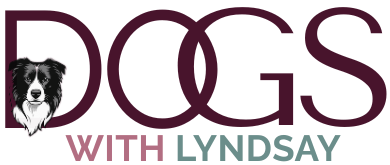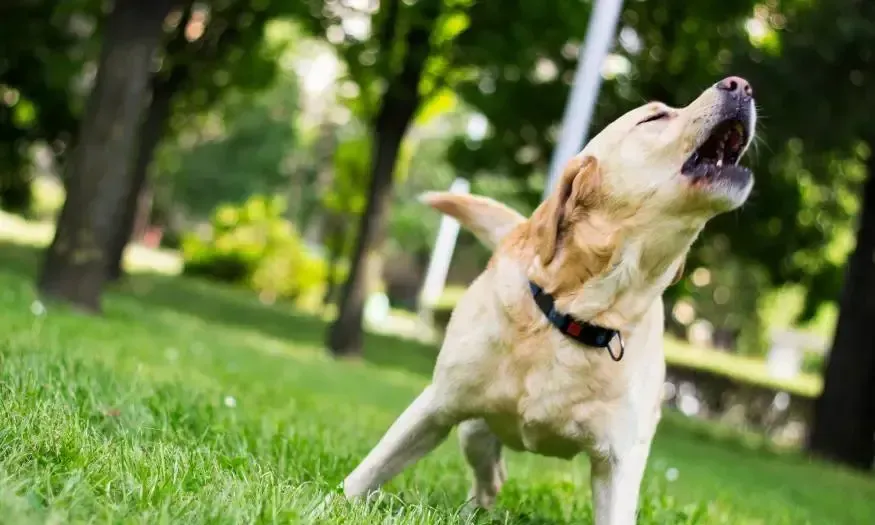
Dog Reactivity Explained: Causes, Training & How to Help Your Dog Feel Calmer
What Causes Dog Reactivity?
Reactivity is when a dog overreacts to normal situations, such as barking, lunging, or growling at other dogs, people, or even objects. It can be frustrating and stressful for both you and your dog, but understanding why it happens is the first step towards making life easier.
Why Are Some Dogs Reactive?
Dog reactivity is usually caused by:
✅ Fear or Anxiety – A lack of early socialisation, or a past negative experience can make dogs feel uneasy around certain situations. ✅ Age – Dogs go through sensitivity periods as they develop, which can make them more prone to reactivity. ✅ Frustration – Some dogs want to say hello but feel restrained by the lead, leading to frustration-based outbursts. ✅ Excitement – Some dogs simply get too excited when they see other dogs or people and struggle to stay calm. ✅ Genetics & Temperament – Reactivity can sometimes be inherited, so a dog’s breed and individual personality may play a role.
If your dog is barking, lunging, or struggling on walks, don’t worry—it’s possible to train reactivity and help them feel more in control.

How to Stop Dog Reactivity
Stopping reactivity doesn’t mean ‘fixing’ your dog overnight, but rather helping them feel more confident and teaching them new ways to respond. Here’s how:
1. Manage Their Environment
To prevent reactive behaviour from getting worse, set your dog up for success:
Avoid busy areas they can’t yet cope with — Avoid busy areas your dog can’t handle yet. This isn’t forever, but choosing the right locations while training will make progress much easier.
Use the right equipment—a well-fitted harness or collar and the right lead (I recommend a double clip lead which has a clip at each end so you can adjust the length) can prevent pulling and tension.
Advocate for your dog—don’t let strangers or off-lead dogs invade their space.
2. Train for Calm Reactions
Reactivity training isn’t about stopping barking with punishment—it’s about changing how your dog feels.
Counter-conditioning – Reward your dog when they see a trigger before they react, teaching them that other dogs/people mean good things happen.
Engagement training – Teach focus exercises so they check in with you instead of fixating on their trigger.
Body language awareness – Recognising when your dog is about to react can help you intervene early.
Managing their routine and stress – Reactivity can be impacted by routine and events throughout the day, not just when on walks.
3. Build Confidence with a Training Plan
If you’re struggling, structured training can help. DOGS with Lyndsay offers help with Tame the Triggers and online training you can start today. They provide step-by-step guidance for reactive dogs.

This blog was written or approved by DOGS with Lyndsay and is meant as general information and advice only. Always seek specific professional advice when needed. DOGS with Lyndsay accepts no responsibility for the use of the information provided.